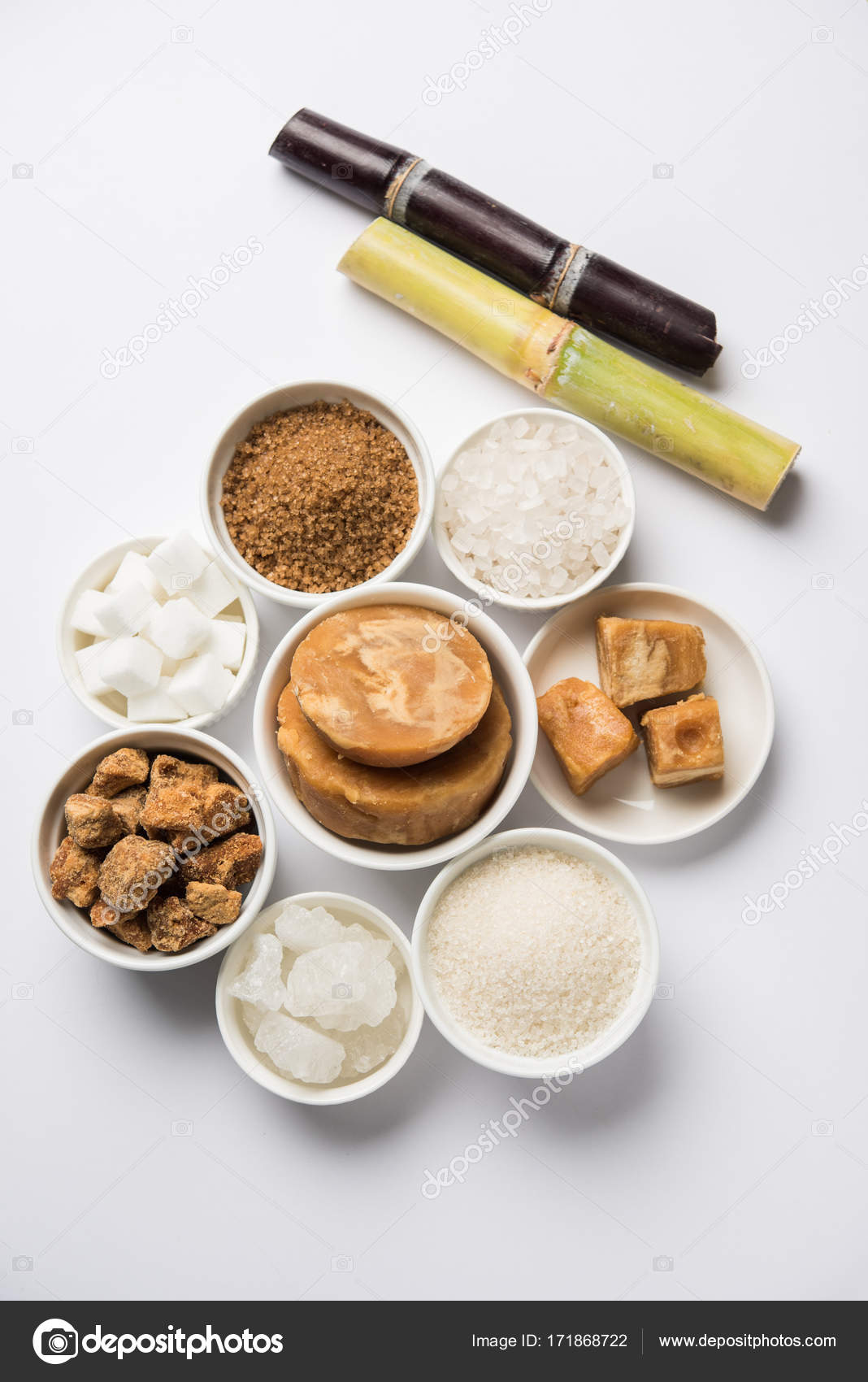The Technology Behind Producing High-Quality sugar cane products from Field to Factory
A Deep Dive Into Sugar Cane: Insights on Production, Material, and Item Development
Sugar cane plays an essential duty in farming, underpinning economic situations in exotic areas. Its growing entails complex procedures affected by different ecological elements. Growers deal with considerable obstacles, consisting of environment adjustment and market fluctuations. Advancements in product advancement are emerging in response to evolving customer needs. Comprehending these characteristics is important for grasping the future of this essential plant and its effect on worldwide markets. What exists in advance for sugar cane and its myriad applications?
The Importance of Sugar Cane in Global Farming
Sugar cane works as a necessary plant in international farming, underpinning economies and food systems in many exotic regions. This flexible plant is mainly grown for its high sucrose content, which is fine-tuned into sugar, a staple ingredient in countless foodstuff. Beyond sweetening, sugar cane is also vital for generating biofuels, especially ethanol, adding to energy sustainability.The economic relevance of sugar cane includes work, providing incomes for numerous farmers and workers in processing facilities. In a number of countries, sugar cane cultivation and processing stand for considerable parts of farming GDP, affecting profession equilibriums and regional development.Additionally, sugar cane's flexibility to various environments enhances its value as a crop, guaranteeing constant supply in worldwide markets. Its byproducts, consisting of molasses and bagasse, even more diversify its energy, making it a necessary element in food, energy, and market. In general, sugar cane remains a foundation of farming performance worldwide.
Growing Procedures: From Planting to Harvest
Growing sugar cane includes a series of distinct processes that ensure perfect development and return. The growing begins with land preparation, where the soil is tilled to protect ideal oygenation and water drainage. Following this, seed cane, which is composed of fully grown stalks, is picked and reduced right into segments (sugar cane products). These segments are then grown in furrows, guaranteeing proper spacing to enable sunshine and nutrient access.Once grown, watering systems are employed to preserve adequate wetness degrees, as sugar cane flourishes in humid problems. Weeding and insect administration are necessary throughout the growing period to lessen competitors for resources. Nutrient application, consisting of plant foods, sustains durable growth. As the plants grow, keeping an eye on for diseases and bugs continues.Harvesting usually occurs 10 to 24 months post-planting, depending upon the selection. The walking canes are cut short, guaranteeing minimal waste, and are rapidly delivered for processing to maintain sugar top quality
Geographical Circulation of Sugar Cane Production
The geographical circulation of sugar cane production is mainly formed by particular environment and soil requirements. Significant creating nations, such as Brazil, India, and China, advantage from exotic and subtropical environments that sustain the plant's development. Understanding these elements gives insight into the international landscape of sugar cane growing.
Significant Producing Countries
Sugar cane is expanded in numerous regions worldwide, certain nations control production due to desirable environments and agricultural methods - sugar cane products. Brazil leads the worldwide market, making up around one-third of overall production, thanks to its substantial ranches and progressed growing techniques. India follows as a substantial manufacturer, taking advantage of both beneficial climate condition and a huge residential market. China and Thailand likewise rank amongst the top producers, with reputable frameworks sustaining their sugar markets. Other significant contributors consist of the United States, Mexico, and Australia, each leveraging their unique agricultural systems to enhance output. These nations play a necessary function in the sugar cane supply chain, affecting international rates and schedule
Climate and Dirt Requirements
Ideal environment and soil problems are important for effective sugar cane production. Sugar cane thrives in tropical and subtropical regions, needing cozy temperatures between 20 ° C and 30 ° C click (68 ° F to 86 ° F) These plants require abundant sunshine and rainfall, preferably in between 1,500 to 2,500 millimeters every year, to assure peak growth. The dirt ought to be well-drained, abundant, and rich in raw material, with a pH level ideally between 5.5 and 8.5. Sandy loam or clay loam soils are especially conducive to sugar cane growing, supplying necessary nutrients and drain. Geographical distribution is largely affected by these elements, with significant production locations situated in Brazil, India, and China, where ecological problems straighten with the plant's needs for growth and yield.

Obstacles Faced by Sugar Cane Growers
Sugar cane growers experience substantial difficulties that impact their resources. Environment adjustment presents uncertain climate patterns, influencing plant return and high quality. Furthermore, market cost volatility develops financial unpredictability, complicating long-term preparation for these farming manufacturers.
Environment Modification Impacts

Just how do climate modification influences affect the feasibility of sugar cane farming? Increasing temperatures and irregular climate patterns significantly challenge sugar cane farmers. Boosted warm can bring about lowered see this website yields, as the plants struggle to prosper in severe conditions. Additionally, transformed rainfall patterns result in either droughts or extreme flooding, both detrimental to crop health. Insects and illness are most likely to multiply in warmer environments, further threatening production. Soil destruction and salinization due to rising sea levels can reduce arable land. These weather changes oblige farmers to adjust their methods, frequently calling for financial investment in new technologies and resistant plant varieties. Eventually, the sustainability of sugar cane cultivation rests on dealing with these environment challenges successfully.

Market Rate Volatility
Market value volatility provides considerable difficulties for sugar cane farmers, influencing their economic security and planning. Changes in market value, driven by elements such as worldwide supply and demand, climate problems, and government plans, produce uncertainty for manufacturers. This changability makes it challenging for farmers to anticipate profits and manage operating budget successfully. Additionally, when costs go down suddenly, several farmers may struggle to cover production prices, leading to possible economic distress. To alleviate these dangers, some growers turn to agreements or hedging strategies, yet these services might not be obtainable to all. Market price volatility continues to be a relentless problem, affecting the overall sustainability and success of sugar cane farming.
Understanding the Sugar Cane Supply Chain

Market Trends Affecting Sugar Cane Prices
The characteristics of sugar cane prices are influenced by a selection of market fads that reflect wider financial problems and consumer habits. International demand for sugar and sugar-related products plays a crucial role, with enhancing passion in organic and sustainably sourced products driving prices higher. Additionally, variations in oil rates affect the expense of production and transportation, further affecting market prices. Weather condition patterns are one more substantial factor; unfavorable conditions can bring about lowered yields and increased prices. Profession policies, tolls, and global arrangements likewise shape the marketplace landscape, impacting supply chains and availability. Money exchange rates can make complex worldwide profession, affecting prices for both merchants and importers. Shifts in consumer preferences toward healthier choices might modify demand patterns, developing a ripple effect on sugar cane pricing. sugar cane products. Recognizing these interconnected fads is important for stakeholders in the sugar market.
Advancements in Sugar Cane Product Advancement
Various technologies in sugar cane product growth are improving the market and increasing its applications. Scientists are checking out alternate usages beyond standard sugar, consisting of biofuels, naturally degradable plastics, and wellness supplements. Advancements in chemical processing techniques have actually enhanced the removal of important substances such as antioxidants and vitamins from sugar cane, advertising its usage in practical foods.Additionally, the growth of genetically customized sugar cane varieties aims to boost return and resistance to insects, while additionally enhancing the dietary profile of the crop. Advancements in fermentation procedures have actually led to the production of premium liquors originated from sugar cane, attracting a growing market for craft spirits.Moreover, sustainable practices in cultivation and processing are acquiring traction, with an emphasis on lowering ecological influences. These innovations not just develop new market opportunities yet additionally foster an even more lasting approach to sugar cane production, straightening with global trends towards green items.
Often Asked Questions
What Are the Ecological Impacts of Sugar Cane Farming?
The ecological impacts of sugar cane farming include logging, loss of biodiversity, water air pollution from fertilizers and pesticides, dirt destruction, and greenhouse gas exhausts, all of which considerably add to eco-friendly discrepancies and climate change.
Just How Does Sugar Cane Growing Affect Local Economies?
Sugar cane growing greatly affects local economic situations by producing jobs, boosting agricultural markets, and generating earnings for farmers. However, it can likewise lead to economic dependency and variations based on market needs and ecological problems.
What Are the Key Pests and Diseases Affecting Sugar Cane?
The major insects affecting sugar cane consist of the sugarcane borer and aphids. Diseases such as red rot and smut considerably impact yield. Farmers have to implement integrated bug monitoring techniques to mitigate these risks successfully.
Exactly How Is Sugar Cane Processed Into Different Products?
Sugar cane handling entails squashing the stalks to draw out juice, followed by explanation, dissipation, and condensation. This procedure yields raw sugar, molasses, and ethanol, each serving distinctive objectives in numerous markets, from food to energy.
What Are the Nutritional Aspects of Sugar Cane?
The nutritional aspects of sugar cane consist of view it crucial vitamins and minerals, especially B vitamins, calcium, and iron. It likewise has fiber, though largely made up of sucrose, which provides energy but lacks significant nutrients.